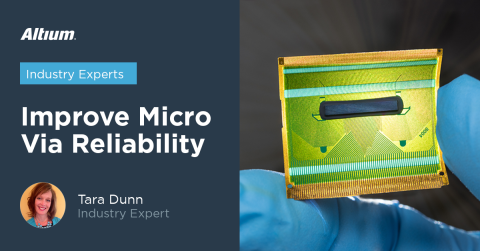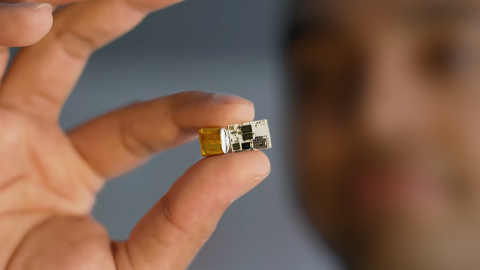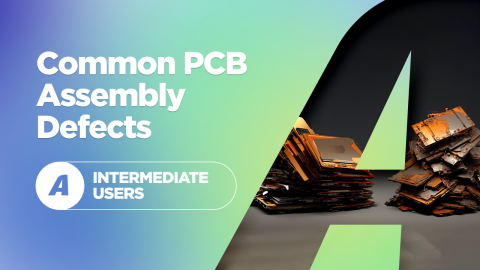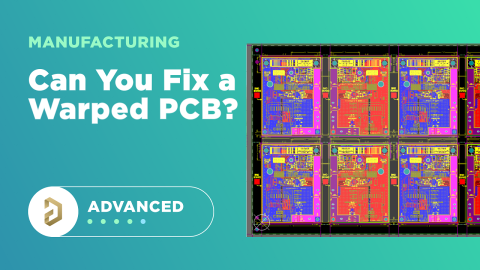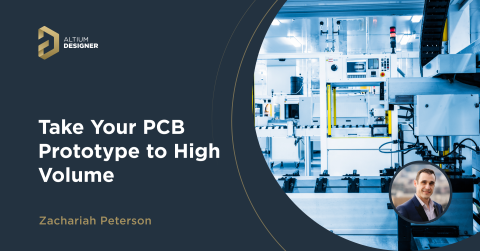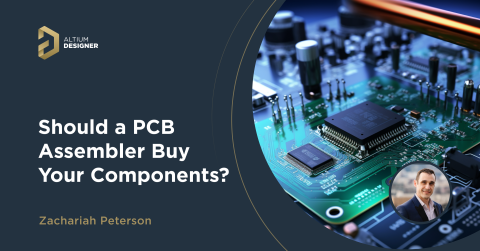Navigating PCB Procurement: Key Tips for PCB Designers

Real products that you see on the shelf are not produced at low volume. Most of the boards that are produced around the world are procured at high volume and low mix. Most PCBs are designed with optimization at the forefront of the design, where the design team tries to strike a balance between cost, minimum required capability, and maximum possible yield. A pro design team does more than just build a board, they make sure the volume manufacturing capability aligns with their design decisions, something which is a hallmark of DFM.
So if you want to learn how big buyers operate and how they execute PCB procurement, keep reading. We'll show you the thought process and the vendor qualification steps these companies implement to make sure they can produce at volume while striking a balance between cost, quality, and function.
PCB Procurement at Volume is Different
When an engineering team needs to transition their PCB design into volume manufacturing, they may be in for a rude awakening. The things you think about when buying prototype PCBs are much different from the things you worry about when procuring at volume. Production of PCBs at volume create big pressures on cost and quality, both of which can take a back seat during prototyping.
In addition, volume manufacturing is not just about producing bare boards and getting them assembled. You're not always buying just a PCB, you're also buying large batches of parts, you're probably buying enclosures, and you might need custom cabling or harnesses. Some designs require advanced capabilities that need quality control.
The table below contains a complete checklist of points to discuss with an EMS.
|
Fabrication capabilities |
|
|
Assembly/inspection capabilities |
|
|
Quality control |
|
|
Capacity |
|
|
Additional services |
|
If you look through this list, there are many things that need to be balanced When selecting a vendor. you might not need all of the services and capabilities in the above list, but there is so much to manage at volume which often goes by the wayside in prototyping.
In prototyping, cost optimization is not the top factor driving a prototype purchase, it is usually a balance of lead time, capabilities, and engineering support. In volume production, you have probably worked out many of these issues during your prototyping rounds and testing phases. Following a round of design optimization to reduce defects and ensure cost targets are met, the design can be passed off to an EMS to begin the transition to volume production.
What to Expect at Volume
During the transition to volume, you should discuss how the above issues surrounding quality control and delivery are handled throughout the engagement with an EMS. The EMS has a responsibility to ensure high yield and on time delivery of finished product, and these logistics will need to be worked out with the EMS.
Obviously, there is a lot to handle and manage during the volume production process, this is not a case of sitting back and waiting for boxes of product to arrive at your company’s warehouse. Some of the tasks requiring the most attention include:
- Handling defects as they are located
- Managing and tracking parts orders over time
- Managing and tracking shipping of finished product
- Keeping up with payments to vendors
- Coordinating deliveries to/from sources and your EMS
Align Your Design Early
If everything goes perfect, you won't have any quality issues or delays, and your production yield will magically reach 100%. The reality is much different, you will have to address quality issues as they arise and do something to solve them in the design data. There will of course be component delays, requirements to select alternates mid-production, and design changes that will solve problems with defects.
As always, the solution is to avoid quality and sourcing problems entirely by aligning with the fabrication, assembly, and sourcing teams at your EMS. Request full design reviews, ask them if there is anything in the design that might prevent defects, and be as responsive as possible when working with the procurement team. Get your design aligned with the EMS capabilities and processes, and ensure you have a process in place to address fab/assembly defects as they arise.
Whether your team is creating advanced prototypes or transitioning a new product into manufacturing, Altium Designer® gives PCB designers everything they need to design for cost and quality. When you’re ready to share your outputs with your manufacturing house, you can use the Altium 365™ platform to collaborate across design and production.
We have only scratched the surface of what’s possible with Altium Designer on Altium 365. Start your free trial of Altium Designer + Altium 365 today.


